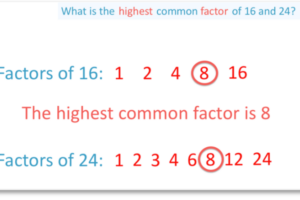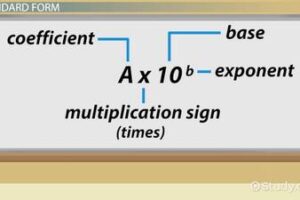Non Verbal Reasoning Tips
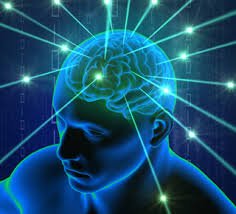
Non Verbal Reasoning Tips & Recommendations……
Our last post focused on avoiding silly mistakes. This latest article is purely focused on reviewing Non Verbal Reasoning and providing a series of Tips and Recommendations on how to improve your Non Verbal Reasoning Skills:
SUMMARY:
- The notes below include some techniques and tips in order to help you improve your skills in working through Non Verbal Reasoning Questions
- Non Verbal Reasoning Questions are a part of 11+ exams and usually very time constrained
- The questions are focused heavily on reviewing drawings, shapes or codes.
- There will be a requirement to work out sequences, similarities and differences between these figures. Or they will be required to break the code
- The NVR tests are set such as to test the ability of your child to use critical thinking and logic to solve problems.
- There are 6 types of questions covered in the attached paper
QUESTION TYPE 1 : IDENTIFY THE ODD ONE OUT
These types of questions are designed in order to review a number of images and identify the odd one out
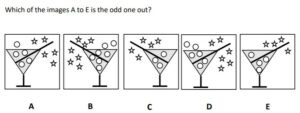
| TIPS & NOTES:
For the bottom picture, identify the common features first: ü All have the same shape glass ü All have stars and circles ü All have a straw at an angle ü All stars, circles, glasses and straws are the same size ü Difference. There is a correlation between the number of stars above the straw and circles below the straw. ü ANSWER C |
QUESTION TYPE 2 : COMPLETING A SEQUENCE
Which picture comes next in the sequence?
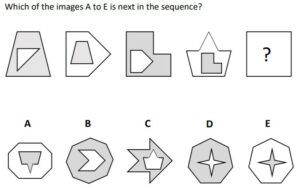
| TIPS & NOTES:
Look at ONE feature at a time from LEFT TO RIGHT: ü Write down ABCDE on a piece of paper ü The large image shading alternates from one image to the next. Answer can ONLY BE B,C OR D ü The small picture represents the prior picture. OUT OF B, C & D, this only leaves one option
ü ANSWER C |
QUESTION TYPE 3 : WORKING OUT A CODE
What is the code that is imbedded in the pictures?

| TIPS & NOTES:
There is a methodical way to approach these questions: ü Identify common letters in top right ü J & S are common. Connect letters to features ü The features S have in common are white arrows. J have black arrows. Therefore, answer is either A,B or D ü Look at bottom letters and identify common features. T = Direction of arrow ü Arrow up so can’t be R or T ü ANSWER A |
QUESTION TYPE 4 : Identify Common Features
Which set does the figure belong to?
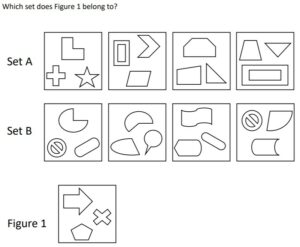
| TIPS & NOTES:
The trick here is to ringfence common features by Set: ü SET A: All shapes are straight line shapes ü SET B: Have a series of curves in every box
ü ANSWER SET A |
QUESTION TYPE 5 : WHICH FIGURE IS MOST ALIKE?
Looking at pictures on the right to see which one has features common to ones on the left

| TIPS & NOTES:
Summarise the COMMON features for images on the left. This is key: ü Feature 1: Images are the same. Answer is A, B,C or E ü Feature 2: All images are linked. Answer is A,B or C ü Feature 3: Bottom image is the smallest. Answer is A or C ü Feature 4: Top & Middle Image are the same size ü ANSWER C
ü ANSWER C |
QUESTION TYPE 6 : IDENTIFY THE MISSING SHAPE
Which is the missing shape from a series of shapes?
![]()
| TIPS & NOTES:
This often involves counting lines, shapes and looking at direction: ü A box is being drawn one line at a time. Direction of lines. Clockwise. It’s A, D or E ü Triangle added in centre one at a time. Anticlockwise. A or E ü Cross from first box disappearing box by box.
ü ANSWER E |
In meantime, there are also some great additional online resources. For example, this post here
Tag:WordPress

